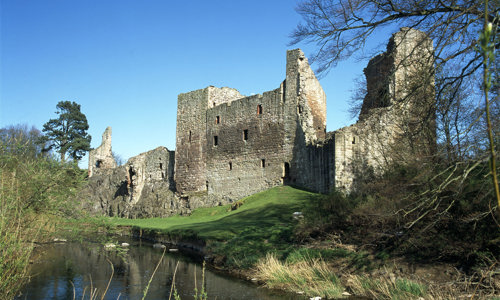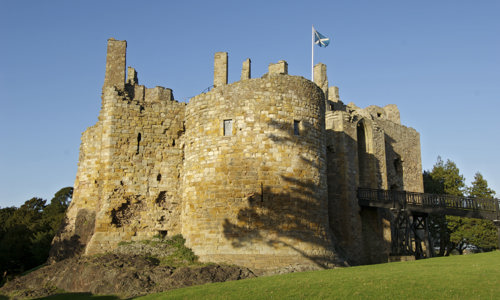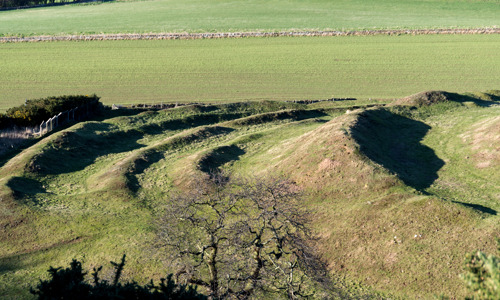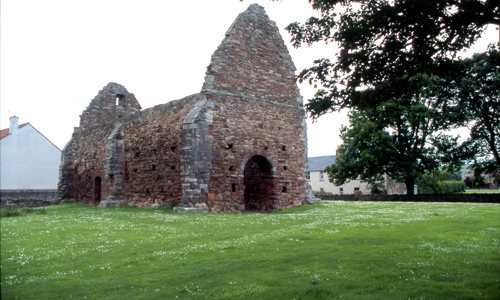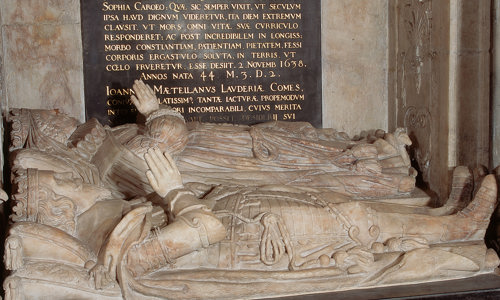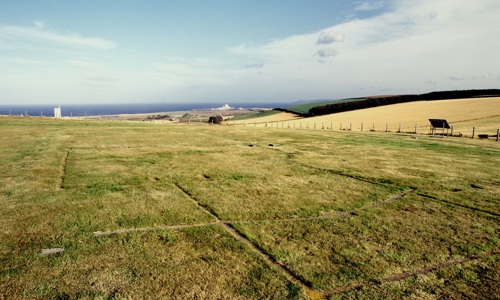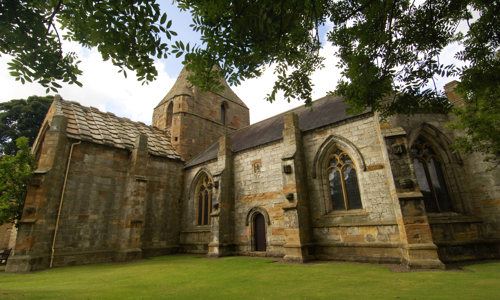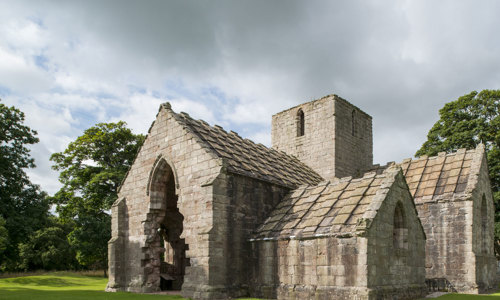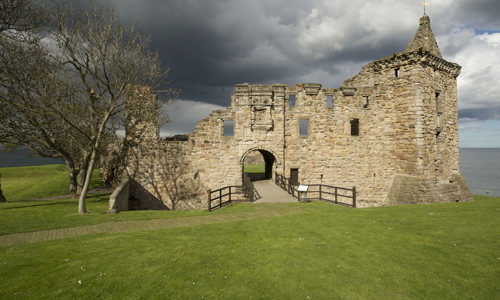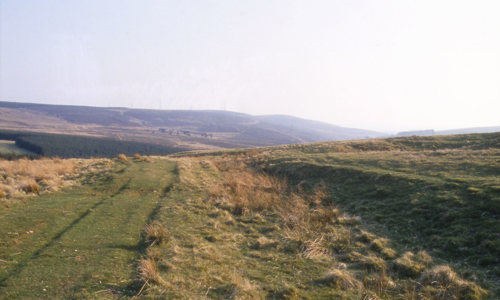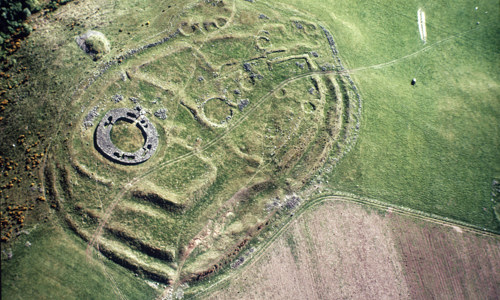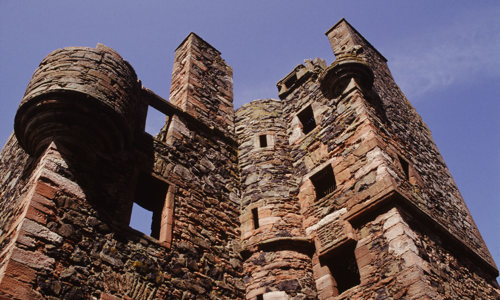History
Tantallon was the last truly great castle built in Scotland. William Douglas, a nobleman, built the mighty fortress in the mid-1300s, at the height of his power.
In 1354, William was given the estates of his:
- father, Sir Archibald Douglas
- uncle, the ‘Good Sir James Douglas’ (a close friend of Robert the Bruce)
This land included the barony of North Berwick.
William was made Earl of Douglas in 1358 – by which time masons may already have begun to build Tantallon.
The house of Douglas split into two branches in the 1380s: the ‘Black’ and the ‘Red’. Tantallon passed to the junior line – the earls of Angus also known as the ‘Red Douglases’. They owned the castle for the next 300 years, often clashing with the Crown.
The castle was besieged by:
- James IV in 1491
- James V in 1528
- Oliver Cromwell in 1651
Cromwell’s army caused such destruction that the medieval fortress was abandoned after this last attack.
Scotland’s last great medieval castle
Like the mighty defensive stone castles of the 1200s, Tantallon had:
- an enormously thick and high stone curtain wall enclosing a large courtyard
- tall stone towers to provide living quarters for the nobles
Tantallon differs from most comparable castles only because of its setting by the sea. The curtain wall once enclosed the entire site – its seaward side has since fallen down – but the castle needed formidable defences on just its landward side.
Architecture of warfare
The castle was built before the age of gunpowder artillery.
In William’s day, its high, thick walls defended against:
- trebuchets (stone-throwing machines)
- battering rams
- bows and arrows
These threats help to account for the:
- almost complete lack of openings in the curtain wall
- concentration of defence on the battlements at the wall top
- wide, deep ditch in front of the wall
To defend Tantallon against artillery, later owners:
- filled in wall chambers to help withstand cannon shot
- added gun holes from which to fire at the enemy
- built extra gun defences outside – including a gun tower by the outer gate, and a ravelin (earthen gun emplacement)
In the end, it wasn’t enough. In 1651, Cromwell’s heavy guns ripped out the guts of the end towers.
Archaeology at Tantallon
Historic Scotland excavated several areas of the site in 2013 and 2014 with the help of volunteers.
This work located:
- the walls of some early buildings in the outer ward
- what we think may be the line of the original entry across the outer close to the castle
- evidence of some hastily erected ravelins


